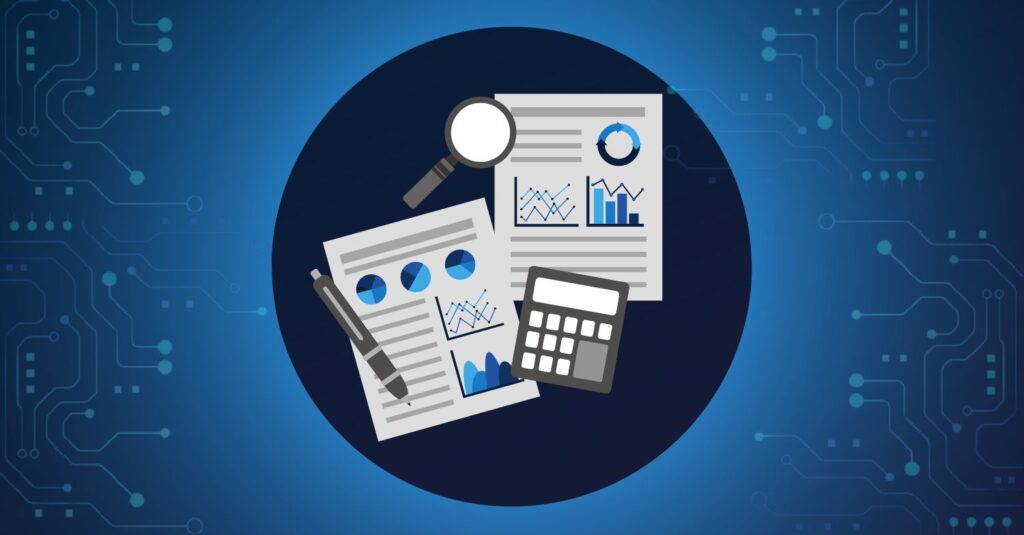Finance-grade emissions data refers to emissions information that is of sufficient accuracy, completeness, and reliability to inform financial decisions. This data is crucial for:
- Risk Management: Identifying and quantifying climate-related risks to financial assets.
- Investment Decisions: Guiding investors towards sustainable and environmentally responsible choices.
- Regulatory Compliance: Meeting increasingly stringent global regulations on emissions reporting.
- Operational Efficiency: Highlighting areas for energy and emissions reductions, potentially leading to cost savings.
Controlling your organization’s greenhouse gas emissions is one of the biggest ways you can combat climate change and respond to the growing number of consumers, investors, and regulators, who may require full-scale GHG emissions inventories within sustainability reporting. Customized carbon emissions inventories and portfolio comparisons based on real-time, audited utility and emissions data points will streamline sustainability and energy operationalization efficiency within your organization. Additionally, sustainability employees may be faced with looming regulatory mandates on GHG emissions reporting, building performance standards, and quasi-mandated investor expectations to report sustainability metrics. Because WatchWire automatically captures and audits comprehensive utility and emissions data, the platform is known for high data accuracy and data coverage. This will be crucial going forward when GHG emissions reporting becomes more scrutinized for investor-grade data quality and auditable data is the norm.
Maximizing Data Quality
Data quality is a multi-dimensional concept that consists of several interrelated aspects, each contributing to the overall robustness, reliability, and utility of the data. Within the realm of sustainable practices, some key characteristics play a critical role in defining data quality: accuracy, coverage, completeness, access, and governance.
Data coverage represents the extent of a portfolio captured by the data collected. While the pursuit of data accuracy is essential, there is a point of diminishing returns. Incremental improvements in accuracy often require exponentially increasing investments of time, resources, and effort. By contrast, improving data coverage can yield substantial returns in terms of sustainability scores and operational insights.
Often confused with data coverage, data completeness is another crucial aspect of data quality. It refers to the temporal coverage of data and the breadth of information captured. In practical terms, this means having a complete suite of utility consumption, demand, and cost data that covers all relevant time periods. High-quality, real-time environmental data is paramount in this shift. Tracking facility-level energy consumption and greenhouse gas emissions over time provides granular insights, enabling firms to set realistic, science-based targets and reducing the risk of greenwashing.
Data governance wraps up all the data concepts into one, adding layers of security and control. As data privacy and security concerns rise, more questions arise from client IT teams regarding security. Data governance protocols should include procedures to ensure data integrity, privacy, and compliance with applicable regulations. Providing visibility into the data collection process and securing independent third-party assurance can further enhance credibility and trustworthiness. Reporting trends also indicate that external assurance may become required in certain regulatory mandates so it is a good idea to think ahead with verification of data today.
Leveraging Technology:
Carbon Accounting requires access to accurate real-time and historical energy data that can be traced back to the source, easily audited for compliance, and rooted in international standards for GHG emissions factors. Many enterprises are finding their existing data infrastructure ill-equipped to meet these forthcoming demands, particularly concerning data accuracy. Spreadsheets and Excel are likely not enough when trying to run data-accurate calculations across multiple business operations and with differing sources of emissions. The enhanced liability risk, and productivity loss associated with older methods of calculation necessitate outsourcing the management and collection of GHG data by a cloud-based software entity. Automation can be a valuable tool for optimizing data access, where companies can minimize human error, enhance scalability, and conduct systematic audits that identify anomalies. This ensures that the data remains as accurate as possible, bolstering the credibility of sustainability reporting.
How WatchWire Can Help:
We specialize in automating data capture and establishing an ongoing data collection approach in order to achieve near 100% data coverage by collecting meter, interval, and billing data that prioritizes a single source of truth. The integrated energy and sustainability functionality of WatchWire coupled with our automatic ingestion of utility invoice and emissions data allows you to easily calculate your organization’s global warming potentials and scope emissions.
WatchWire contains a wide variety of reports within our Reporting module to help you analyze and distribute your energy and sustainability data. Of the over 30 standard reports the platform allows you to generate, 3 are specifically designed for carbon accounting inventories and roll ups of data. WatchWire allows users to generate custom scope 1, 2 , and 3 GHG emissions reports with performance comparisons across portfolios and buildings. WatchWire also calculates emissions based on the Greenhouse Gas (GHG) Protocol’s Corporate Standard and uses industry-standard emissions factors across commodities in the US and internationally. We allow users to maintain and update custom emissions factors, and customize where desired such as with scope 2 market-based (or location-based) factors, on-demand carbon inventory
More About WatchWire
WatchWire by Tango is a market-leading, energy and sustainability data management platform that uses cloud-based software to collect, automize, and analyze utility, energy, and sustainability data metrics. WatchWire streamlines, automates, and standardizes your sustainability reporting process by integrating directly and/or providing reporting exports to ENERGY STAR Portfolio Manager, LEED Arc, GRESB, CDP, SASB, GRI, and more. The platform provides customizable dashboards, which allow asset managers, sustainability managers, engineers, and more to monitor individual key performance indicators (KPIs) and create custom views for specific use cases.
To learn more about WatchWire and its capabilities, you can visit our website, blog, or resource library, request a demo, or follow us on LinkedIn, Instagram, or Twitter to keep up-to-date on the latest energy and sustainability insights, news, and resources.
 Top Sustainability Trends to Watch in 2025
Top Sustainability Trends to Watch in 2025

 Log In
Log In









